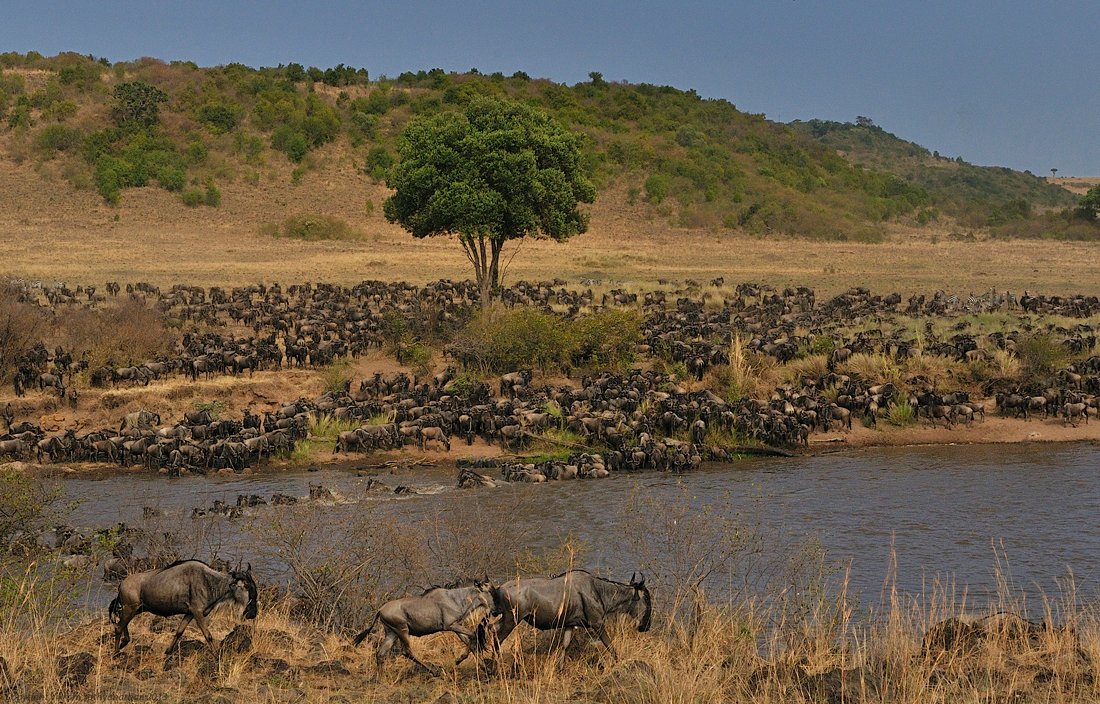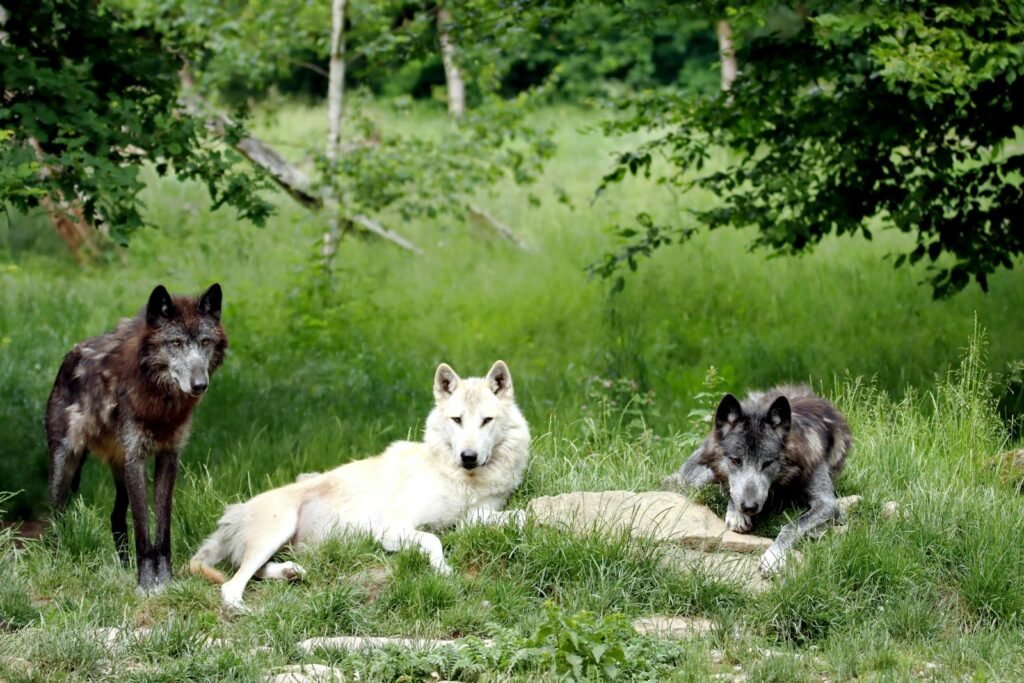Imagine a world where lines drawn centuries ago still shape the fate of forests, rivers, and wild creatures today. It might sound unbelievable, but the echoes of ancient agreements—some inked with quills, others sealed with handshakes—still ripple through our modern landscapes. These historic treaties, crafted in times when the world was wilder and borders were more fluid, continue to influence how nations protect, share, and sometimes exploit the natural world. As we face environmental crises and strive for global cooperation, the wisdom and flaws of these age-old pacts remain deeply woven into the fabric of contemporary conservation.
The Roots of Global Conservation: Early Environmental Agreements
Long before conservation became a buzzword, societies and rulers recognized the need for shared stewardship of nature. Some of the earliest treaties, like those between ancient Mesopotamian cities, addressed water rights and forest boundaries. These agreements were practical responses to conflict over vital resources, aiming to prevent war and ensure survival. Over time, the idea that nature could and should be managed collectively began to take hold. While these treaties lacked today’s scientific language, their spirit of cooperation set the stage for later international efforts. This early understanding that nature does not recognize political borders was surprisingly ahead of its time. Even now, the basic concept that resources must be shared remains at the heart of many conservation debates.
Colonial Legacies: Drawing Borders and Dividing Nature
The colonial era redrew the map of the world, often with little regard for ecological realities. Treaties signed by colonial powers carved up continents, splitting rivers, forests, and animal habitats with straight lines on paper. This artificial division had dramatic effects on wildlife, as animals migrate freely, unaware of human borders. For example, elephants and big cats found themselves living in two countries at once, their fates tied to differing laws and priorities. The legacy of these treaties still challenges modern conservationists, who must work across nations to protect wide-ranging species. While these old borders brought order, they also created a patchwork of regulations that complicate today’s efforts to manage ecosystems holistically.
Transboundary Rivers: Sharing Water Across Borders

Few natural resources spark as much controversy as water. Ancient treaties often established how rivers crossing multiple territories should be used and protected. The Nile Waters Agreement and the Indus Waters Treaty, though modern, have roots in even older customs of shared water management. These agreements were designed to prevent conflict and ensure everyone received a fair share, but they also locked countries into specific patterns of use. Today, as droughts worsen and populations grow, the relevance of these treaties is both a blessing and a curse. On one hand, they provide a framework for cooperation; on the other, they can limit flexibility and innovation. Real-world examples, like disputes over the Danube or Mekong Rivers, highlight the ongoing tension between tradition and adaptation in water conservation.
Wildlife Without Borders: Migratory Species and Old Agreements

Animals don’t carry passports, and many travel thousands of miles each year. Ancient treaties, like the Convention for the Protection of Birds Useful to Agriculture (from the late 1800s), recognized the need to safeguard migratory species. These early agreements laid the groundwork for modern conventions, such as the Convention on Migratory Species. By acknowledging that birds, whales, and butterflies cross borders freely, these treaties forced countries to cooperate, sometimes against their own short-term interests. The impact is still felt today, as international collaborations protect creatures that might otherwise vanish. The continued existence of migratory animals is a living testament to the power of these far-sighted agreements.
Indigenous Rights and Ancient Land Treaties

Long before European settlers arrived, indigenous peoples had their own systems for managing land and resources. Treaties signed between colonial governments and native nations often promised protection of traditional hunting grounds and sacred sites. While many of these promises were later broken, the original documents still hold legal and moral weight. Today, indigenous groups use ancient treaties to assert their rights in courtrooms and conservation negotiations. Their unique knowledge of local ecosystems, honed over generations, is increasingly valued by scientists. These old agreements are not just relics—they are living documents that shape how land is used and cared for.
From Paper to Practice: Challenges in Enforcing Old Treaties

The words in a treaty can be powerful, but putting them into action is often much harder. Many ancient agreements contain vague language or outdated assumptions that don’t fit the realities of modern conservation. Political changes, wars, and shifting economies can also undermine these accords. For instance, a treaty that once protected forests may be ignored if a new government has different priorities. Enforcement often depends on political will and public support, which can wane over time. Despite these challenges, the persistence of ancient treaties shows how deeply rooted the idea of shared stewardship is in human society. The struggle to keep these pacts relevant is a constant balancing act between honoring history and responding to present-day needs.
Biodiversity Hotspots: Protected by Historical Designation
Some of the world’s most precious ecosystems are protected because they were singled out long ago as sites of special importance. Early treaties and royal decrees often established hunting reserves or sacred groves, which by accident or design preserved biodiversity. For example, some ancient forests in Europe and Asia survived because kings enjoyed hunting there and banned logging. Today, these “accidental” conservation areas are recognized as biodiversity hotspots, teeming with rare plants and animals. The legacy of these protections is a reminder that human history and natural history are deeply intertwined. Modern conservation efforts often build on these old designations, using them as a foundation for expanded protection.
International Organizations: Built on Ancient Principles
The birth of modern conservation organizations owes much to the groundwork laid by ancient treaties. The League of Nations, and later the United Nations, drew inspiration from earlier pacts that promoted cooperation across borders. Today, entities like UNESCO and the International Union for Conservation of Nature rely on the same spirit of shared responsibility. Their work often involves updating or interpreting ancient agreements to fit contemporary challenges, such as climate change and habitat loss. While the language has evolved, the core idea remains: nations must work together to safeguard the planet. The enduring relevance of these principles shows the wisdom of our ancestors, who recognized that some problems are too big for any one country to solve alone.
Modernization Efforts: Adapting Ancient Treaties for Today

As the world changes, so too must our approach to conservation. Many ancient treaties have been revised or supplemented to address new threats, like pollution and invasive species. Updating these agreements is often a delicate process, requiring diplomacy and trust between nations. Sometimes, the original intent of a treaty is preserved, while other times, sweeping changes are needed to reflect scientific advances. For example, agreements about whaling and fishing have been reworked to include quotas and monitoring systems. These modernization efforts show that while history matters, flexibility is essential for effective conservation in the 21st century.
The Human Element: Stories of Success and Struggle
Behind every treaty are people—leaders, activists, scientists, and ordinary citizens—whose actions bring words to life. Some ancient agreements have inspired generations to protect wildlife and landscapes, leading to remarkable recoveries of endangered species. Other treaties have sparked controversy, as communities debate how best to balance conservation with economic development. Real-life stories, such as the reintroduction of wolves to Yellowstone or the preservation of indigenous fishing rights, illustrate the power and complexity of these old accords. Success often hinges on creativity, compromise, and a deep respect for both tradition and innovation.
The Unfinished Journey: Ancient Treaties and the Future of Conservation
The story of ancient treaties is far from over. As climate change accelerates and biodiversity declines, the need for international cooperation has never been greater. The frameworks created by our ancestors still offer guidance, but they also demand ongoing attention and renewal. By learning from the past, we can craft more resilient, inclusive, and effective conservation strategies. The choices we make today will shape the world for generations to come, just as those ancient agreements continue to shape us. What role will you play in this unfolding story?



